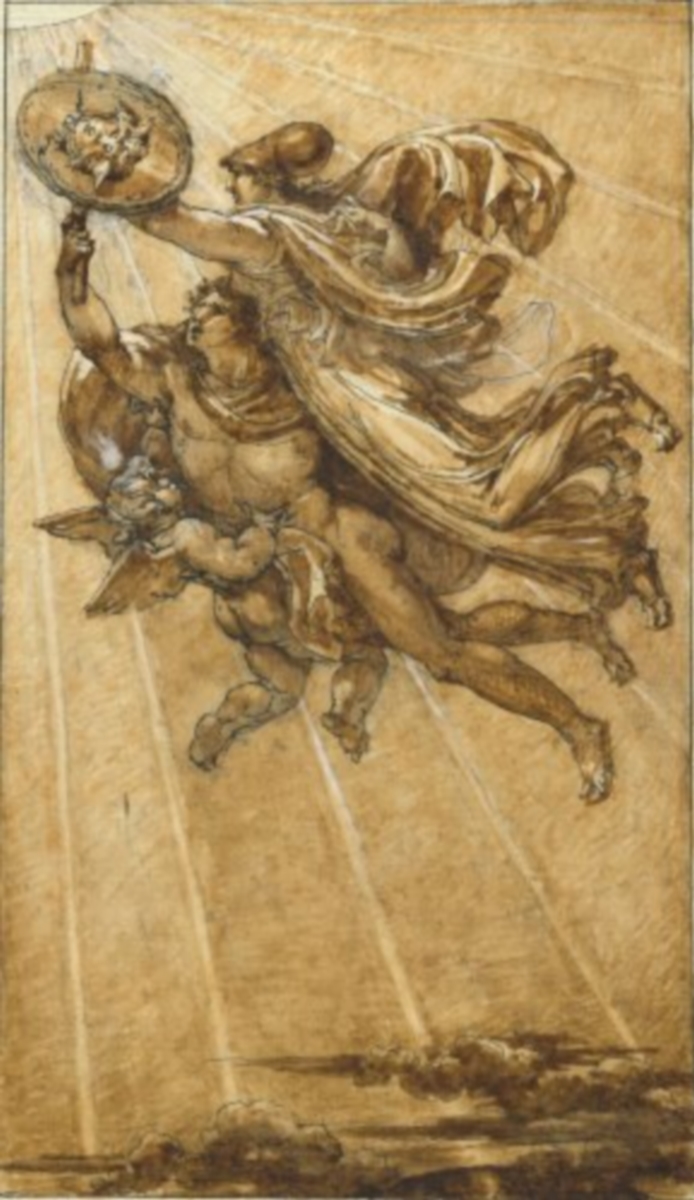In 1989, Hélène Agofroy was invited by the Musée Réattu to exhibit beneath the Romanesque vaults of the Cloître St Trophime. This exhibition was part of a contemporary sculptor exhibition policy with artists such as Toni Grand, Bernard Pagès, Curt Asker, Marcel Robelin....whose common point was the link between sculpture and architecture in close connection with the architectural heritage so present in Arles.
At the end of the exhibition, the museum acquired a work entitled Questo modo di questa prospettiva, the culmination of the Dos series created in Arles the previous year, inspired by the torso columns of the Renaissance Hôtel de La Lauzière in Arles.
Thirty-one years later, the Musée Réattu and the artist are reviving this chapter, which is so closely linked to the history of the museum, its collections, and the city of Arles, by supplementing the collection with the acquisition of an artwork and the donation by the artist of four other pieces which were included in the Arles exhibition.
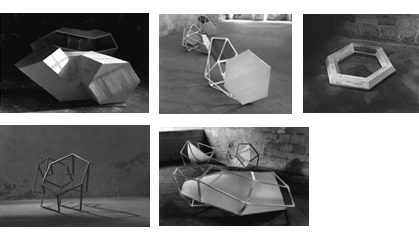
Harold Ambellan was born in 1912 in Buffalo, New York, and died in 2006.
He studied sculpture and fine arts in his native city, obtaining a scholarship from the Art Student League in 1930. From 1935 to 1939, he was one of the American artists who benefited from the Federal Art Project set up by President Roosevelt as part of the New Deal. In 1938, he took part in the MoMa group exhibition, "Subway Art", and made friends with the sculptors Lipchitz and Zadkine. In 1941 he was elected president of the Sculptors Guild of America and exhibited his sculptures at the Metropolitan Museum of Art in New York and the FineArtsAcademy in Philadelphia. After being discharged from the US Navy, he taught at the WorkshopSchool in New York. Victim of McCarthyism persecutions, he went into exile in France in 1954, first in Paris. After a few years in 1950s Montparnasse, he discovered the south of France during a stay in Cagnes-sur-Mer in 1961 and settled in Antibes in 1962. He stayed there until 1979, before arriving in Arles, a town where he lived and created for 26 years.
Harold Ambellan's art places the human figure at the heart of his creation, men, women, couples, both as a motif and as a medium for reflection on the place of man. He draws his inspiration from sources as varied as German expressionism and cubism, the art of antiquity, Indian and African art. Harold Ambellan has always affirmed himself as a sculptor, but as Zadkine said: "the sculptor who does not draw, who does not paint, is a caricature" and the graphic work of Harold Ambellan is essential to the understanding of his art. He said, "drawing is the heart of everything I do".
From among more than 3,500 drawings (kept by his daughters Anne and Zoé Ambellan), a selection of 125 pieces covering the artist's entire creative period (from 1949 to 2004) was made and donated to the Musée Réattu.

Her approach to the construction of images (photographic or video) is based on the search for a "passage" between memory and oblivion, appearance and disappearance, life, and death, for which she associates device, gesture, and materials. This research leads her to explore photographic and video media, to hybridize them in a dynamic of coming and going, of going back and forth, of looping. This approach is based on the Platonic analysis of time: "Time is the mobile image of immobile eternity". This definition speaks both of time passing, which leads us ineluctably to our end, and of time stretching out beyond the living. These two notions are respectively linked to the relationships that video and photography have with time and space. The artist breaks down the sentence and retains the following principle which will guide all his research: "...of immobile eternity" is linked to photography and "Time is the moving image..." to video. The artist hybridises photography and video, thus defining specific mediums: Photo/Video and Video/Photo.
For the Photo/Video series desvoilés, the artist made impressions on anonymous models from which she generated plaster positives. She then physically intervenes on these "sculptures" to attenuate, by sanding, the angles and features that are too pronounced, thus attenuating the notion of identity that is so specific to the face, and then proceeds to take a photo of each model with identical lighting. The Video/Photo series REVIENS XXVI, REVIENS XXVII and REVIENS XXVIII can therefore be seen on their own, but also in conjunction with the photographic series desvoilés, which is also available for purchase.The mask used for this video series is one of those used in the desvoilés series and the principle of presentation is to use TV screens with a thin border reminiscent of the frame of a photograph, the image being broadcast vertically in the centre, to reinforce the link with the photographic medium.
As part of the project for the new Montpellier town hall designed by architects Jean Nouvel and François Fontès, inaugurated in November 2011, Alain Fleischer was commissioned to decorate three ceilings (the reception hall, the Salle des Rencontres, and the Municipal Council Chamber). He notably designed the decoration for the ceiling of the reception hall, for which he produced an original silver print in an edition of three copies. The artist describes the project as follows: "Following an invitation from Jean Nouvel, I imagined a photograph bringing together in a three-dimensional representation, some 700 documents from the municipal archives, which span more than five centuries, from handwritten parchments in quill pen to computer printouts, covering the entire history of the city, from the time it was part of the Crown of Aragon to the present day, with the arrival of various communities. This proposal was because the archives of a city keep track of the various aspects of the life of its inhabitants... In this ceiling of exceptional proportions (perhaps the largest photograph in the world), it was a question of staging the writing in space and time. The medium for the work is a digital print on a canvas made of seven-metre-wide strips, assembled... I wanted the original model of the project to exist in the shape of a photographic work of art, in all its extension, i.e., without the constriction chosen for the installation in the building. This photograph is thus the only image of the project before its reframing, both in conformity with the installed ceiling, and larger than it in its periphery. It is important to emphasize that this work becomes again in this print an artist's photograph on the medium of traditional silver paper."
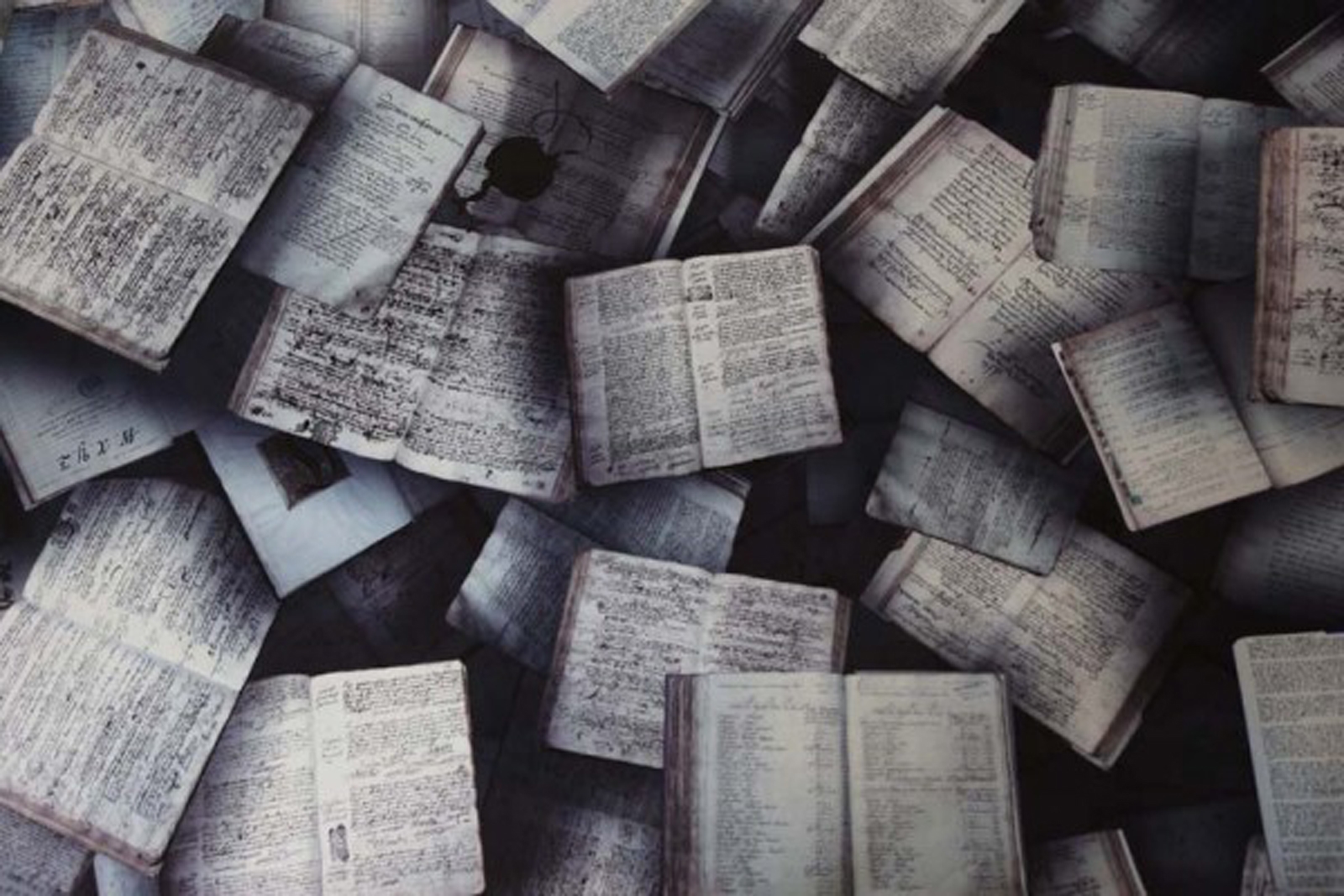
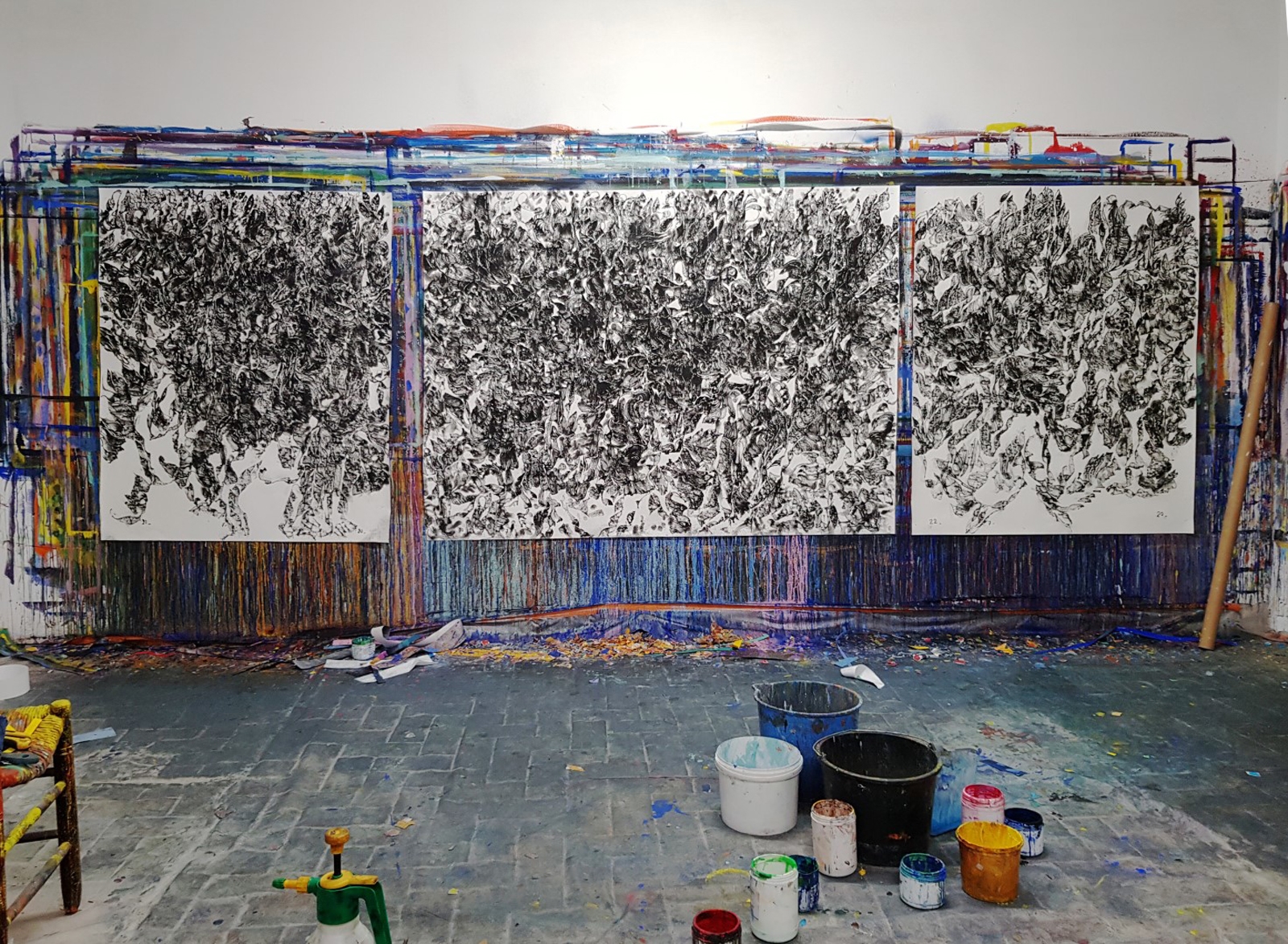
Jean-Pierre Formica is one of the key artists on the southern contemporary art scene. Close to the artists of the Support-Surface movement and more particularly to Claude Viallat - with whom he shares a passion for bullfighting - he has developed a polymorphous body of work (painting, drawing, engraving, sculpture, ceramics) tinged with references to the world of bullfighting and the history of art, but also sometimes taking the path of non-figurative art, or even of abstraction. The drawing he gave to the Musée Réattu - chosen from several proposals made by the artist - echoes a fresco commissioned by François Nyssen and Jean-Paul Capitani, via the Actes Sud publishing house, to decorate the site of their new Arles centre, "La Croisière". Entitled Agir pour le vivant, this mural work unfolds over twenty metres or so, repeated motifs evoking foliage in which the shapes of faces, eyes or birds appear through a phenomenon close to pareidolia. Assuming his relationship to cave art, the artist has left hand and finger marks that blend into a composition that has neither a centre nor periphery, and where the paint seems to spread freely, adapting to the minute variations in the texture of the medium. As the durability of this fresco was not ensured, the artist felt the need to extend it in the form of a large three-part drawing which is part of an informal series that has occupied him since the late 1970s, Nouvelle nature. By using charcoal this time, reminiscent of charcoal black, Jean-Pierre Formica rediscovers a more instinctive relationship with drawing which is nonetheless bordered here by the format of the paper and a classic triptych composition owing everything to his return to the studio. The work is once again influenced by a compact interweaving of organic forms, in which handprints and fingerprints slip in, bringing the artist's body, movement and gestures back to the heart of the subject. This triptych, which evokes the idea of landscape, stands at the border between drawing and painting, while constantly referring to the idea of intimate writing, fits in well with the museum's contemporary graphic collection. It indeed has interesting resonance in the ensembles formed around Pierre Alechinsky - Eolian Erosion, a landscape in motion inspired by the view from his studio in Paradou, or the series Al Alimón, on bullfighting, composed with the Mexican painter Alberto Gironella in a spirit blending calligraphy and heightened gestuality - or Mario Prassinos, whose landscapes inspired by the Alpilles also border on abstraction.
.jpg)
In 1998, the Hôtel Sully in Paris hosted the "Dorothea Lange" exhibition, previously presented in Turin at the Italian Foundation for Photography and composed of 170 emblematic photographs by the famous American photographer. The exhibition was curated by Sam Stourdzé, who had 36 silver prints made from the original negatives for the exhibition. Sam Stourdzé, who is particularly attached to Arles, both personally and as director of the Rencontres de la Photographie d'Arles, offered to donate them to the Musée Réattu.
The 36 prints cover the period 1933-1940, from Dorothea Lange's first street photographs in San Francisco to the sets corresponding to the missions she carried out from 1935 onwards for the Resettlement Administration, which became the Farm Security Act in 1937. With Paul Taylor, her husband, they travelled the roads, visiting the camps of pea pickers, melon pickers, the hungry, the exploited and the unemployed. In 1939, they published the book An American Exodus, republished with a commentary by Sam Stourdzé in 1999. The collection coherently covers a period of the artist's production from the crisis of the 1930s to the eve of the Second World War. It includes both works that have become iconic, such as White Angel Bread Line, San Francisco, 1933; Migrant Mother, Nipomo, 1936; Hoe Culture, Anniston, 1936; Ex-Slave with Long Memory, Alabama, 1938; Tractored Out, Childress, 1938; Child and Her Mother, Wapato, 1939, etc. But also, lesser-known images such as Broken Down, San JoaquinValley, 1935, which presents a different framing from the better known and widely reproduced examples.
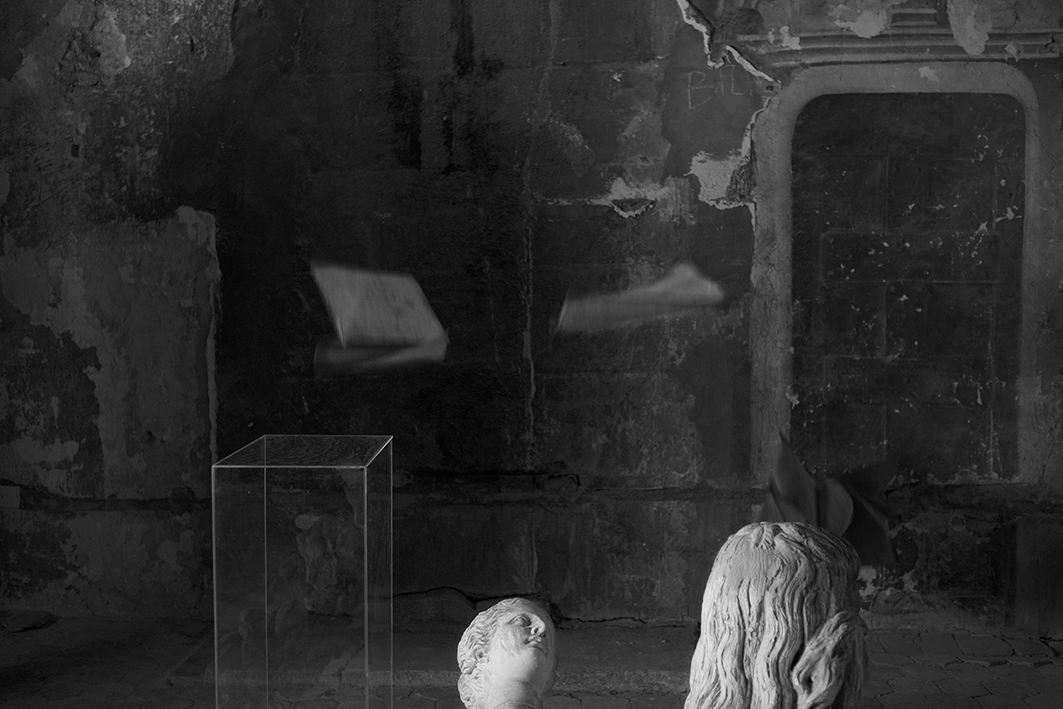
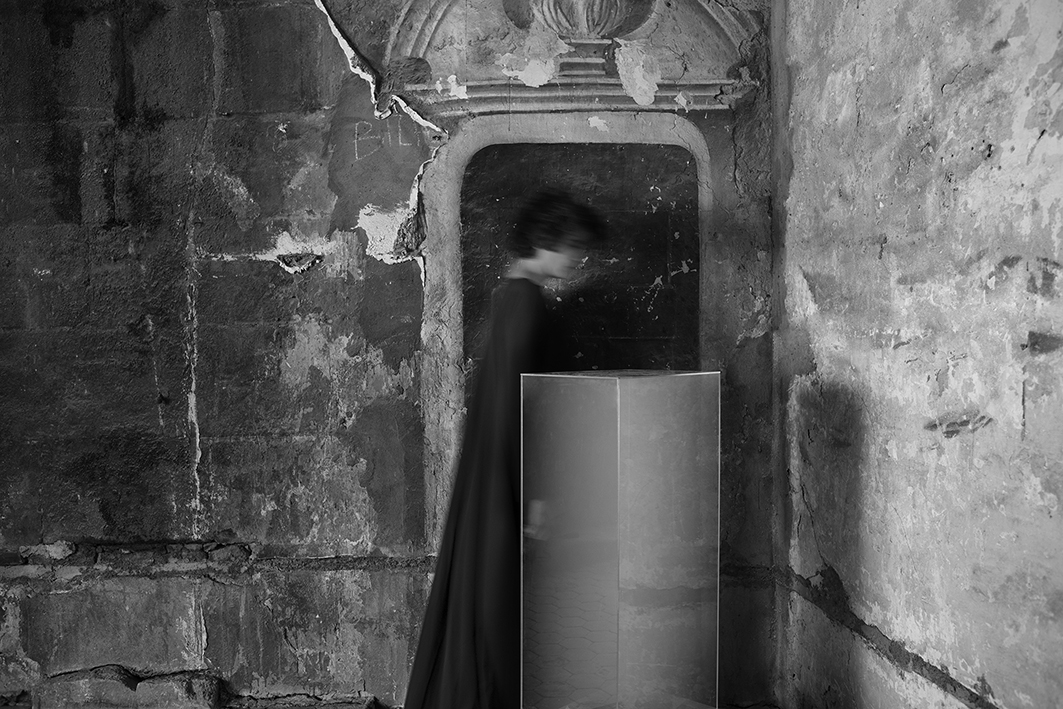
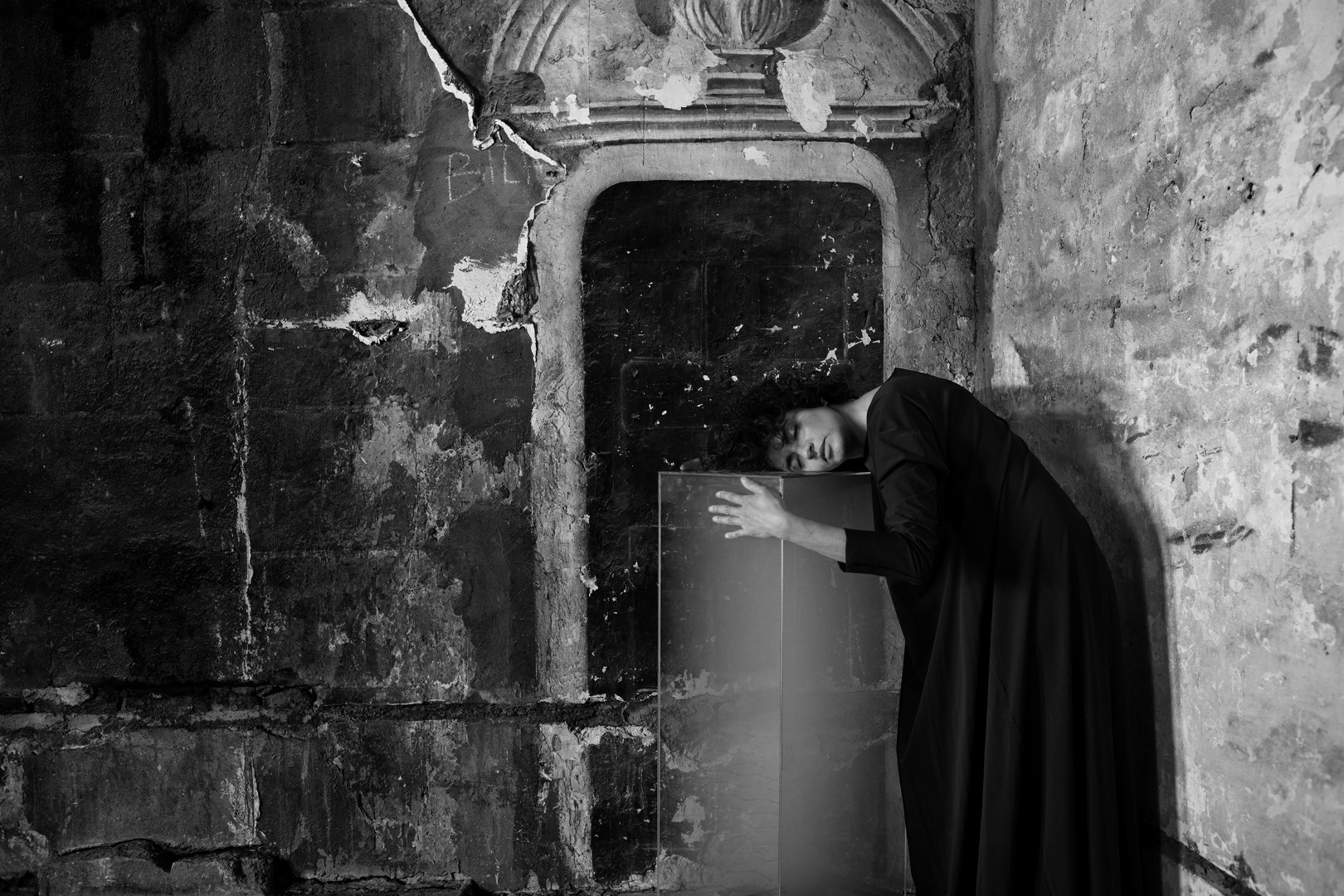
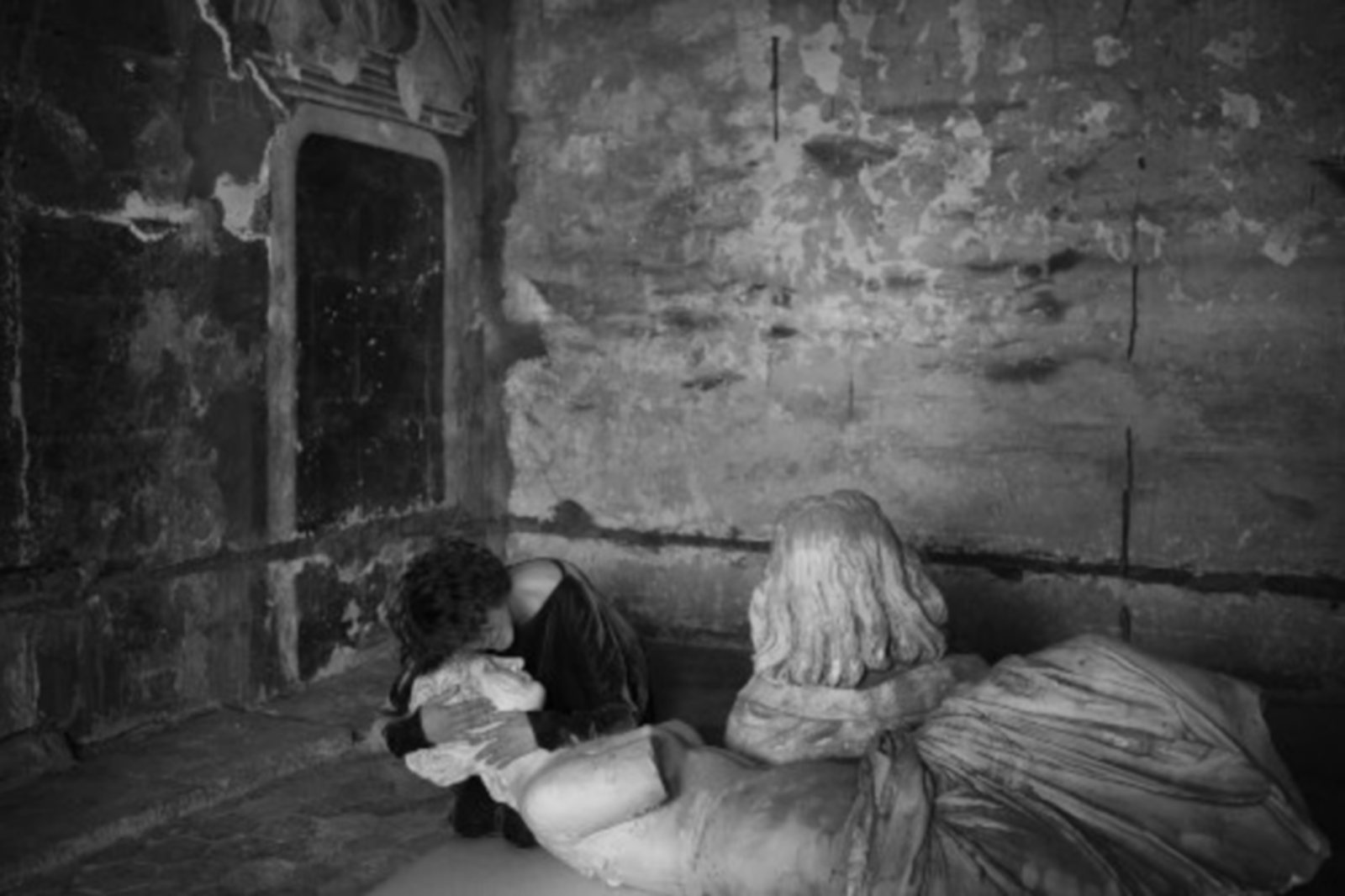
Corinne Mercadier took her first photographs in Aix-en-Provence where she studied the history of art. The photographs, which initially served as models for her drawings, gradually became a mode of expression. They were first taken with a Leica, then re-photographed with a Polaroid SX70, whose optics simplify and embellish reality and draw the image towards abstraction. Over the years, she has developed a creative process - superimposing filters, blurry and grainy photos - resulting in poetic and mysterious works, often organised in series. Her scenes are populated by enigmatic characters, confronted with objects made by the artist, which seem to have a life of their own. Today, she uses digital photography, making the aesthetics of her work evolve de facto, but the principle of prop making, and staging remains the same.
Corinne Mercadier produced her first works in Arles, brought together with the title La Suite d'Arles, for a public commission placed in 2002 by the museum with the support of the Ministry of Culture's Delegation of Plastic Arts. Composed of ten photographs, the series takes as its setting the medieval heritage of the city: the ramparts, a staircase of the Abbey of Montmajour, the upper ambulatory of the cloister of the Primatiale Saint-Trophime, the roof of the Church of the Dominicans of Arles. These places between earth and sky are populated with ghostly-looking models and sculptural objects (gilded books, parchment strips-phylacteries, geometric and abstract structures) often inspired by Renaissance paintings. In 2005, during a new residency in Arles, she took up the phylactery motif in a new sequence, D'Arles, la suite, in three images entitled Annonce I, II and III. The museum currently holds two sequences of La Suite d'Arles on deposit thanks to the CNAP and in 2009 acquired d'Arles, la suite, Annonce I.
As the 2018 winner of the Fondation des Treilles' "Residence for Photography" prize, Corinne Mercadier used this time of creation to develop a new project in line with the theme of the prize: the Mediterranean. She had the idea of staging various female figures from mythology and Greek antiquity - Ariadne, Eurydice, Harmony, Medea, Pandora, Penelope, Pythia, etc. - in places with a strong sense of Mediterranean identity and theatrical quality. For Pandora and Harmony, she chose the Commandery of Sainte-Luce, the headquarters of the Musée Réattu, where there is a room devoted to the storage of natural history collections and plaster casts, which until then had been piled up in total chaos. This series is interesting in more ways than one for the museum's collections. Firstly, because it carves links with the earlier series produced by Corinne Mercadier in Arles: shots taken in a heritage site, theatrical - even choreographic - staging of female characters, use of manufactured objects, etc. Secondly, because it was created in a place that other photographers such as Lucien Clergue, Bernard Plossu and Bogdan Konopka had photographed in their respective eras, thus preserving the memory of objects that have sometimes vanished today.
The Quiqueran de Beaujeu family is intrinsically linked to the history of the Musée Réattu, which is housed in two commanderies that once belonged to the Order of St John of Jerusalem. One of its most eminent representatives, Honoré de Quiqueran de Beaujeu (Arles, 1572-1642), was indeed Grand Prior of the Langue de Provence in Arles from 1637 to 1642. It is to him that we owe the in-depth transformation of the former commandery of Saint-Thomas de Trinquetaille, raised in 1615 to the title of Grand Priory of Provence. Still very medieval on his arrival, the commandery was equipped with a majestic staircase of honour, a chapter house, a tribune overlooking the chapel of Saint-Jean, etc. His full-length portrait, which adorned the walls of the chapel and managed to escape being destroyed during the Revolution, is today one of the gems in the collection linked to the Order of Malta in Arles. The family's journal, written in 1643 by its nephew Pierre de Quiqueran de Beaujeu (1604-1646), continues in a similar vein in the museum's library collections.
The Quiqueran de Beaujeu family, who had left France at the time of the Revolution, partly resettled in Provence in the 1950s. From that moment on, they have continued to reconnect with their roots and to accompany the museum in its various actions linked to the Order of Malta, participating in the restoration of the portrait of Honoré (2011) and in the publication of the first book devoted to the history of the Grand Prieuré d'Arles (2012).
Today, Diane de Quiqueran de Beaujeu has donated three paintings to the museum as part of this family tradition. These are portraits of three of her ancestors: Robert de Quiqueran de Beaujeu (1528-1609/10), Honoré's father, knight of the Order of Saint-Michel, governor of Albaron, Apt, Manosque and consul of Arles; Honoré III de Quiqueran de Beaujeu (1623-1685), known as the Squire of Beaujeu (his dress would indicate that he was a cavalry officer) and his wife Thérèse de Grille d'Estoublon.
These portraits are very valuable for the collection linked to the Order of Malta, which has not been significantly enriched since the archaeological discoveries made in the Grand Priory in the 1960s. They complete the genealogy of this emblematic family, which has had a profound impact on the history of Arles - the Quiqueran de Beaujeu mansion in the Rue des Arènes is one of the city's most beautiful private mansions - while also explaining the links it may have had with other families of the Provençal nobility, such as the Grilles, who also provided many knights to the Order of Malta.
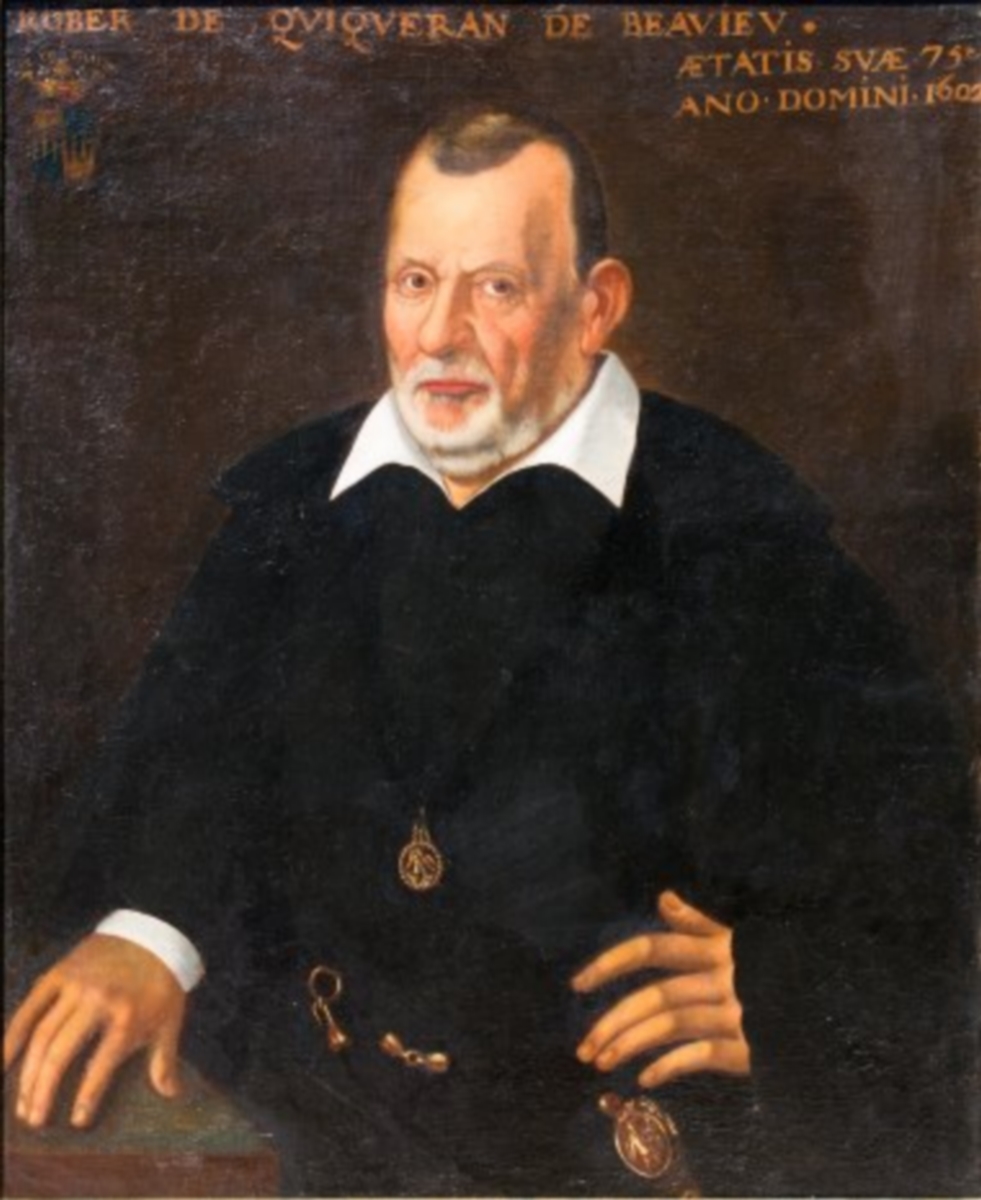
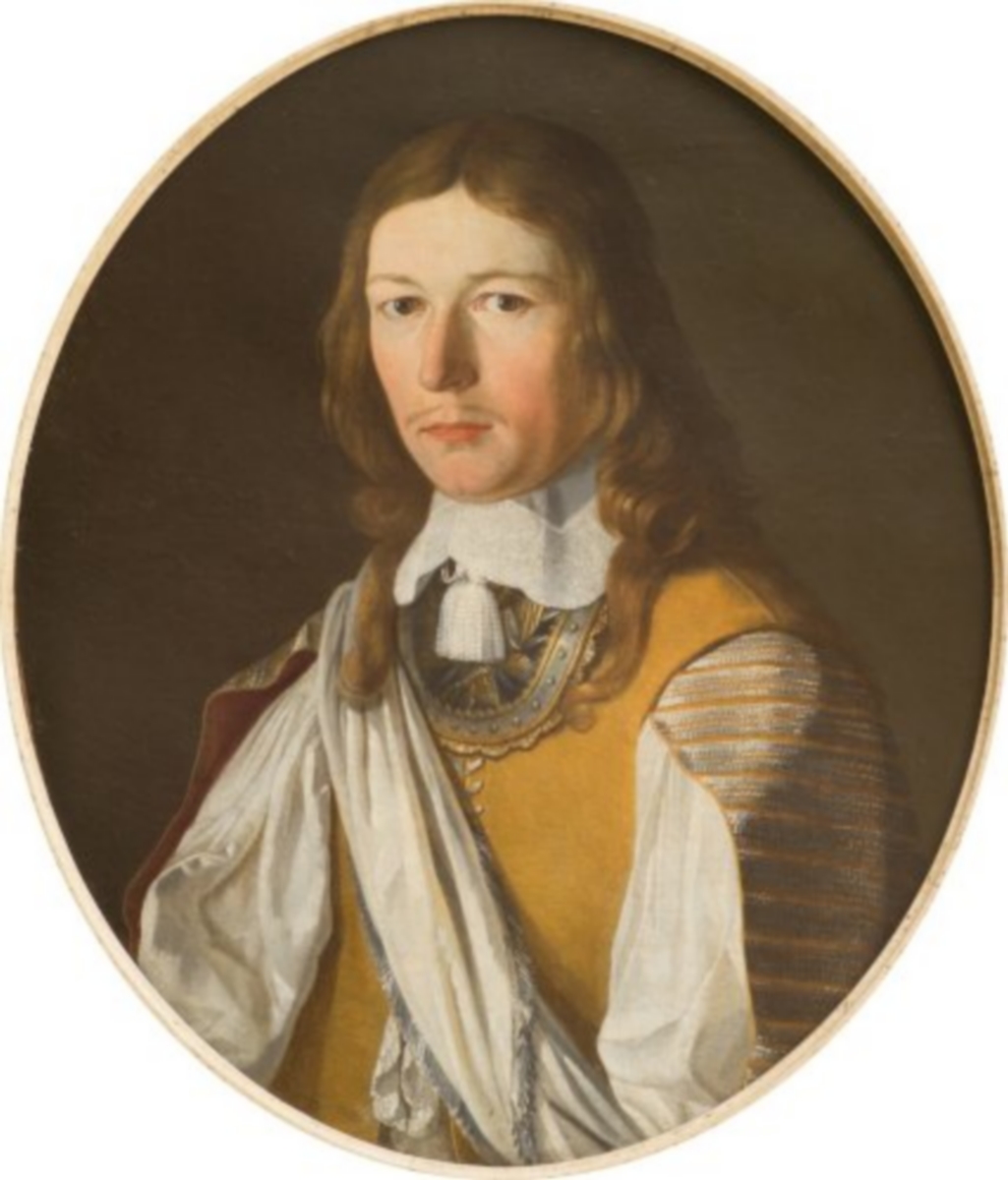
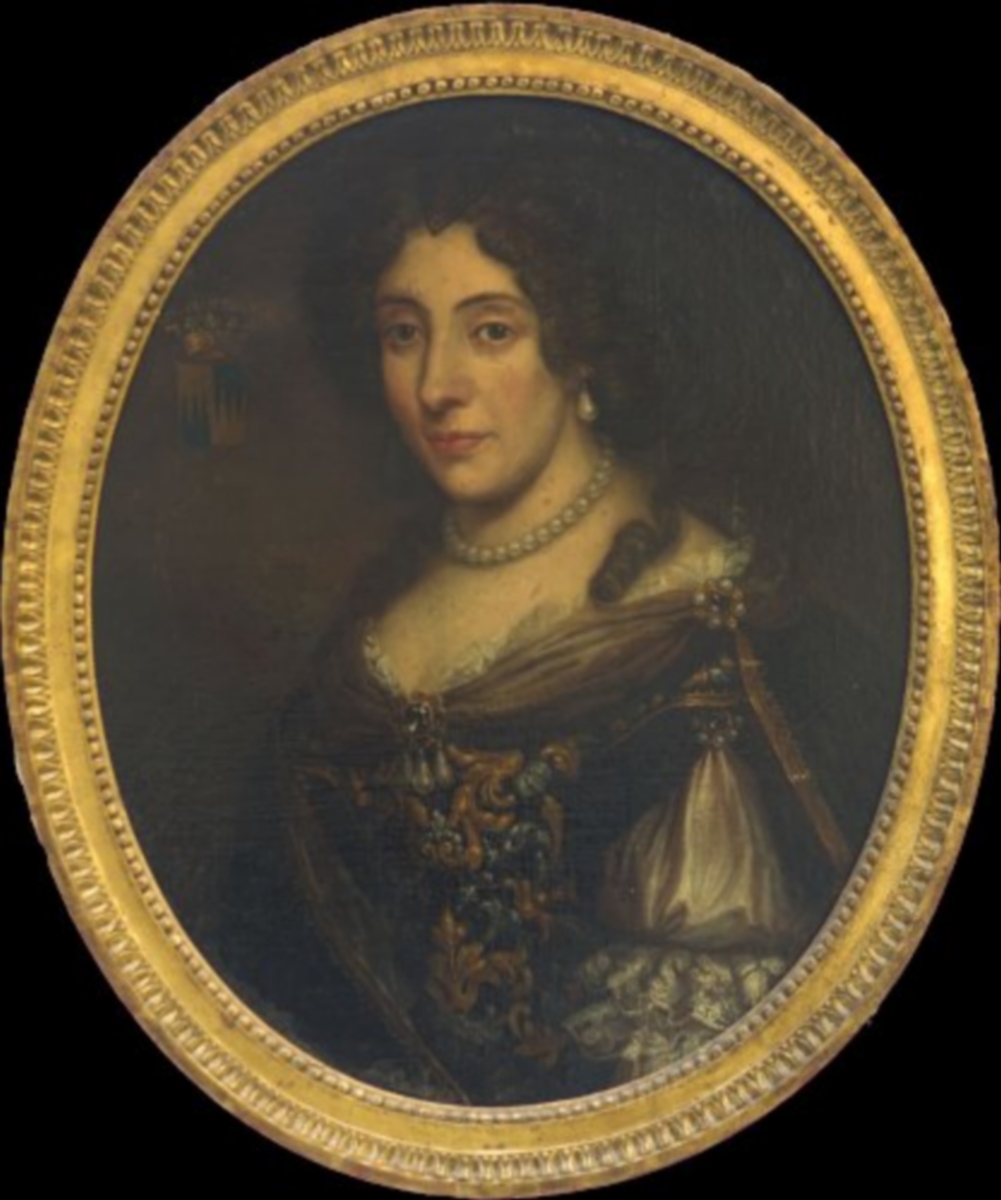
Prométhée élevé par le Génie de la Liberté et protégé par Minerve dérobe le feu au ciel is with La vision de Jacob, one of the most important works accomplished by Jacques Réattu during his stay in Rome (1791-1793). The painter carried out several preparatory works to undertake this project. So far, we have seen a few studies of academies and draperies, as well as two compositional drawings showing two different versions of the same scene. The work that Mrs Sybille Friedel offered to the museum was bought on the art market as part of a composite set of drawings. The attribution to Réattu had not been proposed at the time, but she made the connection when she discovered the publication that was produced for the major retrospective devoted to the Arles painter at the Musée Réattu in 2017. This drawing provides further documentation of the process of creating Prometheus, as it sits somewhere between the two versions known up to that point: closer in composition to the first reproduction it nevertheless introduces the Genius of Liberty, still represented as a putto and not as an adult male figure, as is the case in the second reproduction and the final painting. Although unsigned, this drawing is unmistakably by Réattu, so great are the technical and stylistic similarities with the painter's known works. As works held in private collections are particularly rare, the gift offered by Mrs Friedel is even more precious.
